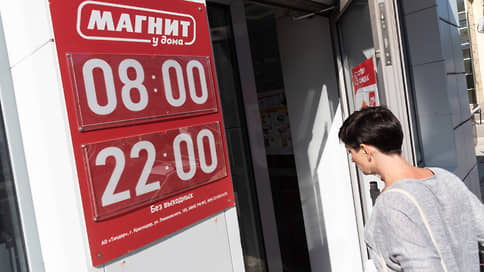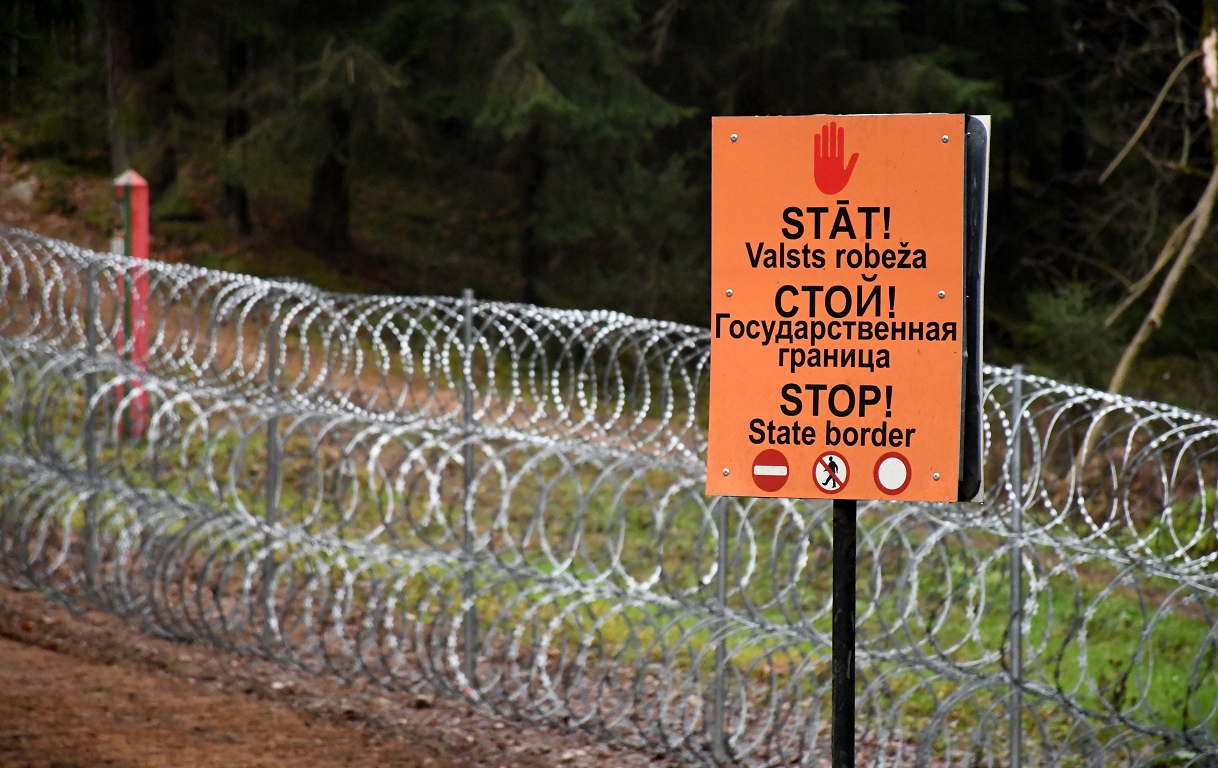The shortage of personnel is closed due to low labor productivity

Additional sources of replenishment of reducing labor in the Russian Federation are labor migrants and people who continue to work due to raising the retirement age-these are mainly workers with insufficient or outdated competencies, the study of experts of the RANEPAS notes. This, according to their assessment, reduces the overall labor productivity in the country and does not correspond to long -term changes in the structure of demand for labor. According to the authors of the work, the only way to solve the problem of personnel deficiency is investment in automation of production.
The shortage of labor in the Russian Federation can now be closed mainly at the expense of employees with a low level of labor productivity. This conclusion was reached by experts of the RANEPA Tatyana Maleva and Viktor Lyashki. In the course of their study, they analyzed the data of Rosstat, statistics of public employment services and publications of other analysts.
As Kommersant previously noted, one of the main reasons for the lack of workers is the structural restructuring of the economy, which began during the pandemic period and continued after the expansion of sanctions. It led to a large -scale interfirmic, intersectoral and inter -professional redistribution of labor – primarily in favor of ELPC enterprises, parallel import operators and organizations that managed to occupy niches left by the departed foreign companies (See “Kommersant” dated 24 April, 2024).
The experts of the RANEPA supplement the reasons for the lack of personnel with a reduction in the offer in the labor market for demographic reasons – and they consider this factor the main one.
The authors of the work note that the process of replacing numerous generations of the 1950s and 1960s by the small generation of the 1990s and early 2000s, which began after 2010, led to the fact that the peak value of the volume of labor in the Russian Federation was reached in 2016 (more than 76 million people) and has since been reduced annually. Outs of the number of labor, the authors note, occurred earlier, but in 2022 they added a factor in the departure from the labor market for workers of relatively young age groups, which appeared in connection with the beginning of hostilities in Ukraine and relocation.
In the RANEPA, it is noted that the shortage of labor in recent years has somewhat softened two main factors. The first is an increase in the retirement age, thanks to which the economic activity of the population of older ages has forcedly increased – only in 2018–2022 this added 1.5 million people to the Russian labor market. The second is the restoration of the influx of labor migrants to the dopandemic level (in 2023–2024, their number was up to 3.5 million people).
However, the authors of the work note, in the long run, these sources of replenishment of the quantitative shortage of labor will have a negative impact on the Russian labor market.
The fact is that raising the retirement age adds labor with outdated competencies, and the migration influx with a low level of skills. And this circumstance reduces labor productivity and does not correspond to long -term changes in the structure of demand for labor, experts of the RANEPA believe.
In their opinion, the only way to solve the problem of personnel deficiency for a long time and correctly is to invest in automation of production. Given the rate of increase in salaries in the last two years, many employers have already found themselves in a situation where it becomes cheaper to invest in production lines than to continue to increase the wage fund, Viktor Lyashkin notes. The Managing Director of the Department of Labor and Social Partnership of the RSPP Marina Moskvina notes that companies, of course, modernize production processes, but this happens slowly without state support. “We need benefits for those who invest in labor -saving projects,” says Ms. Moskvina.








